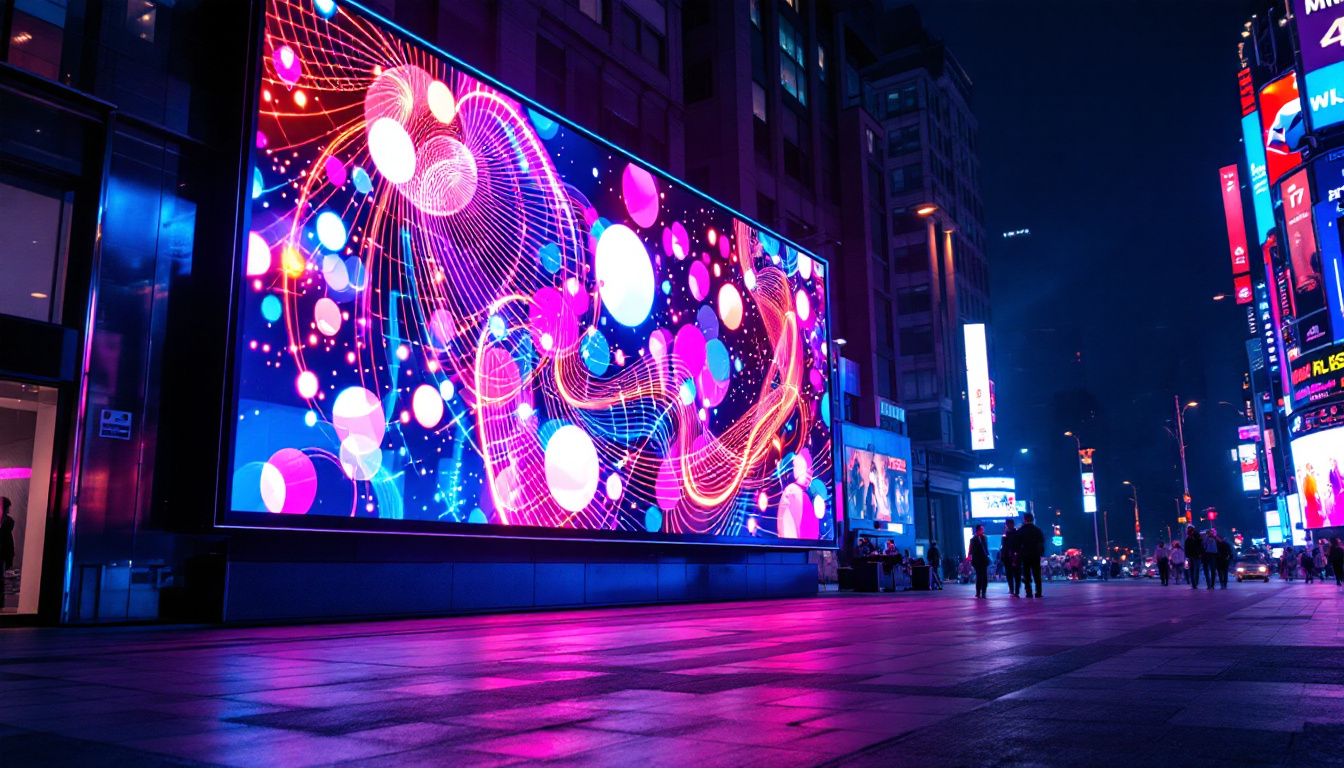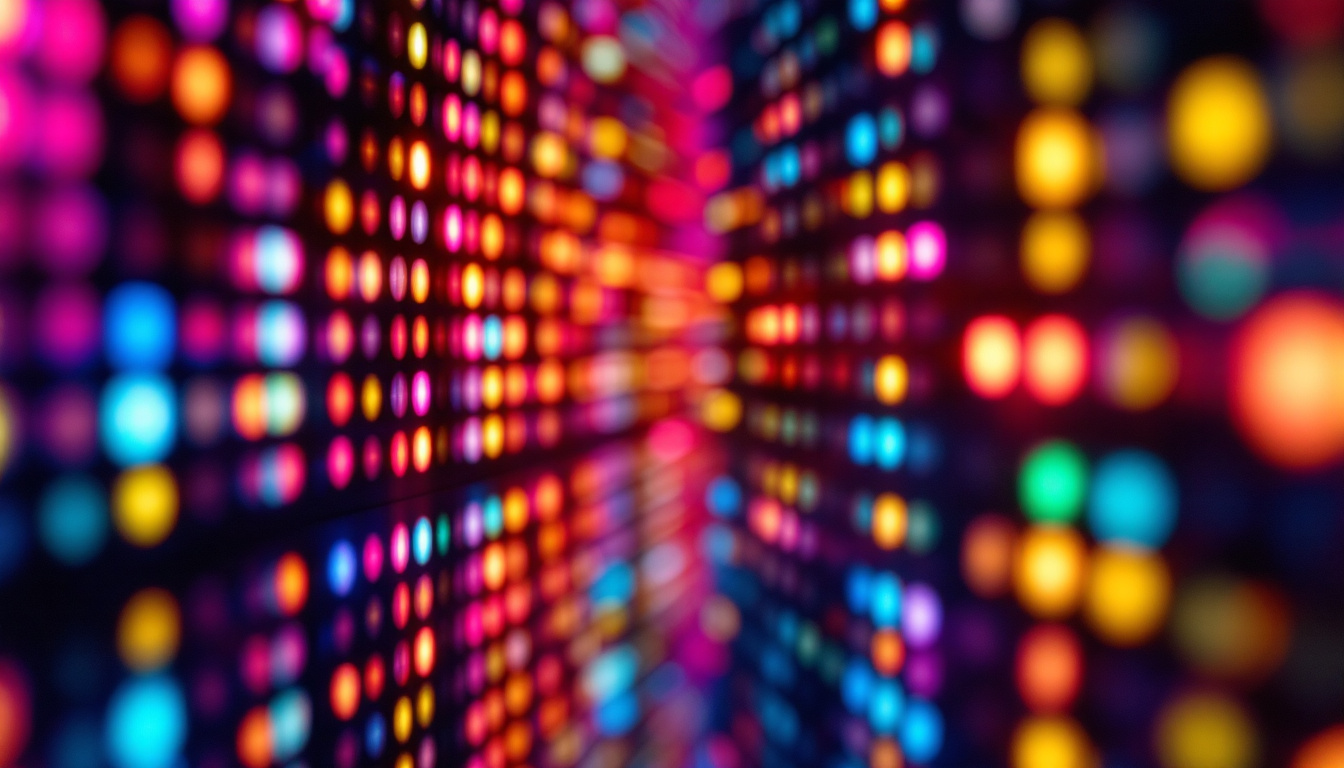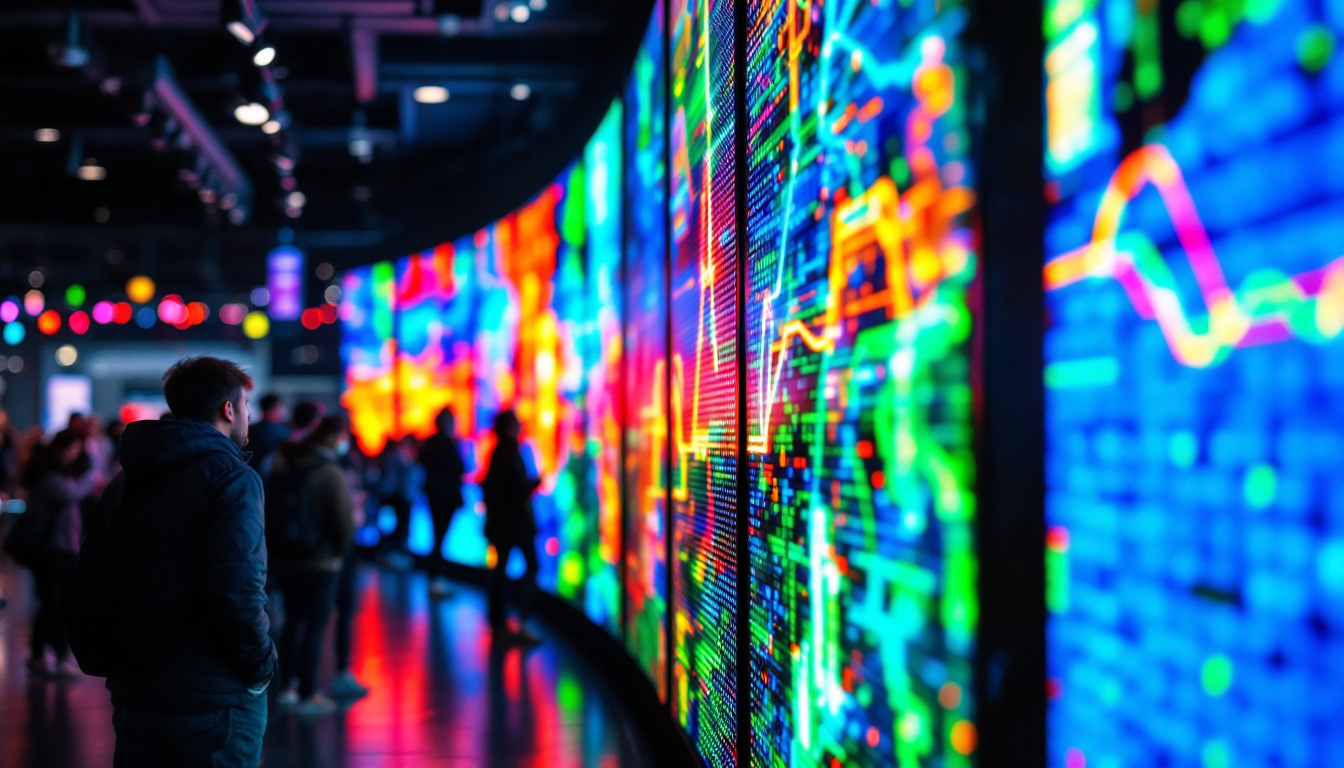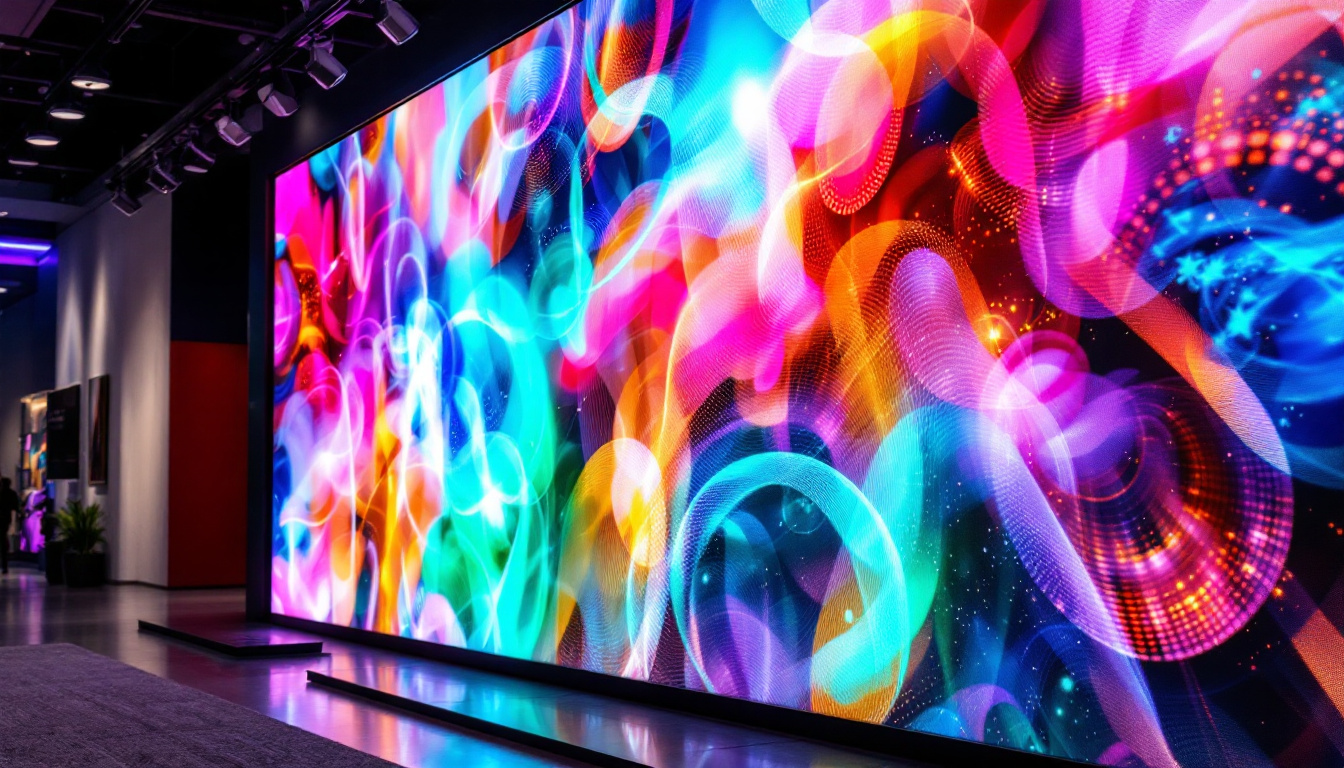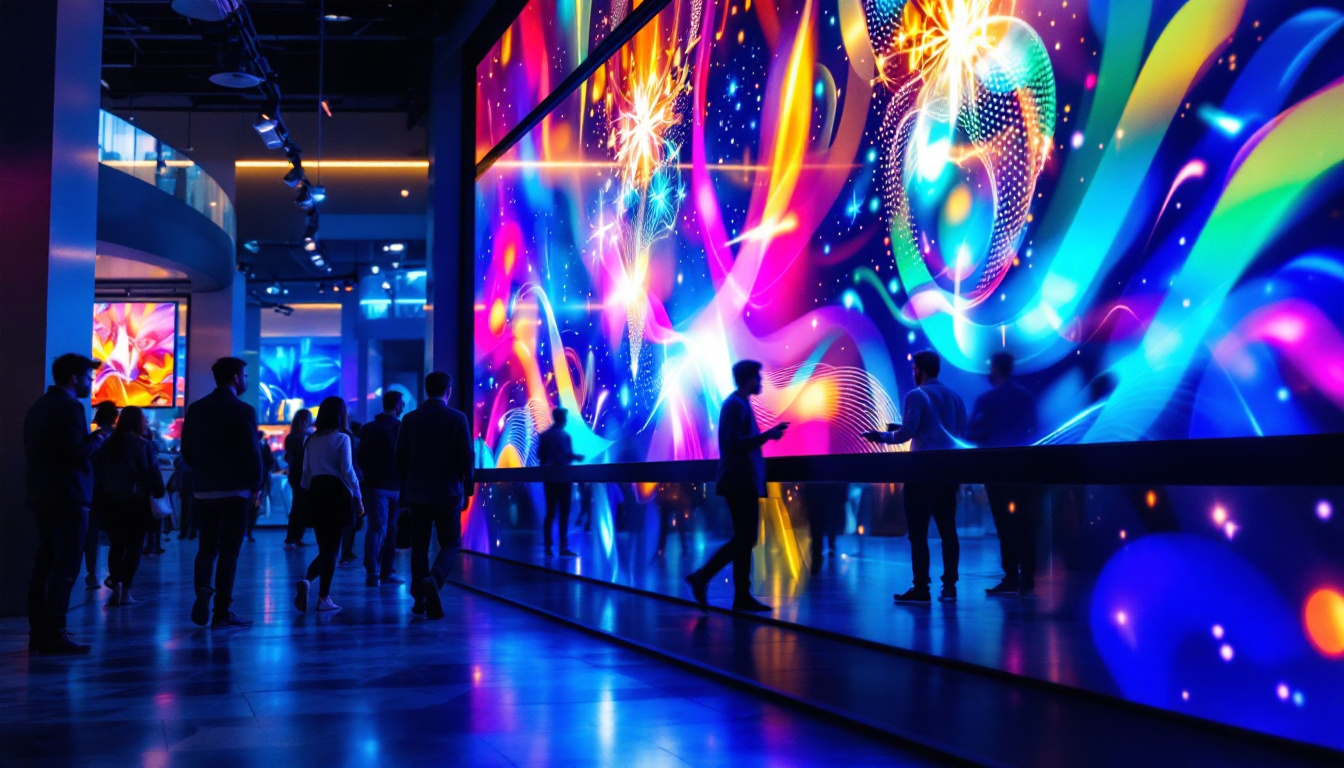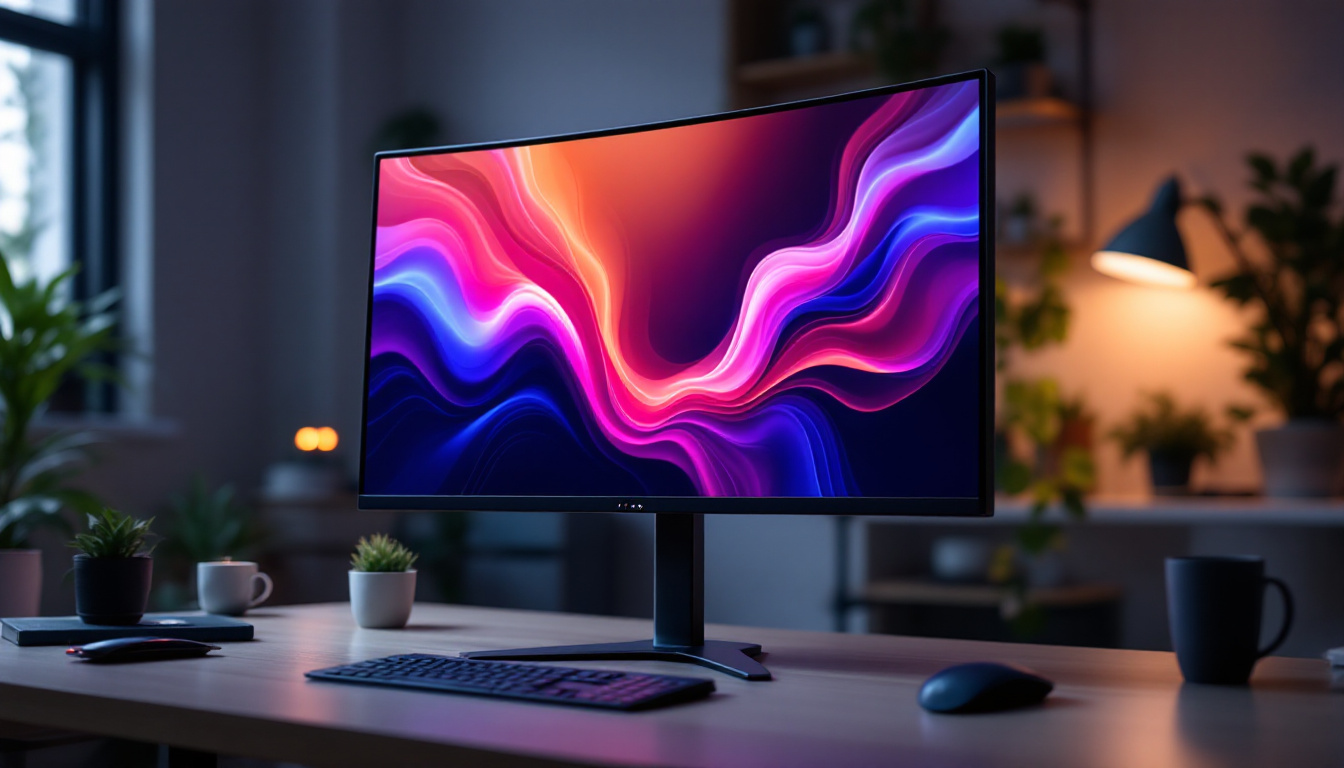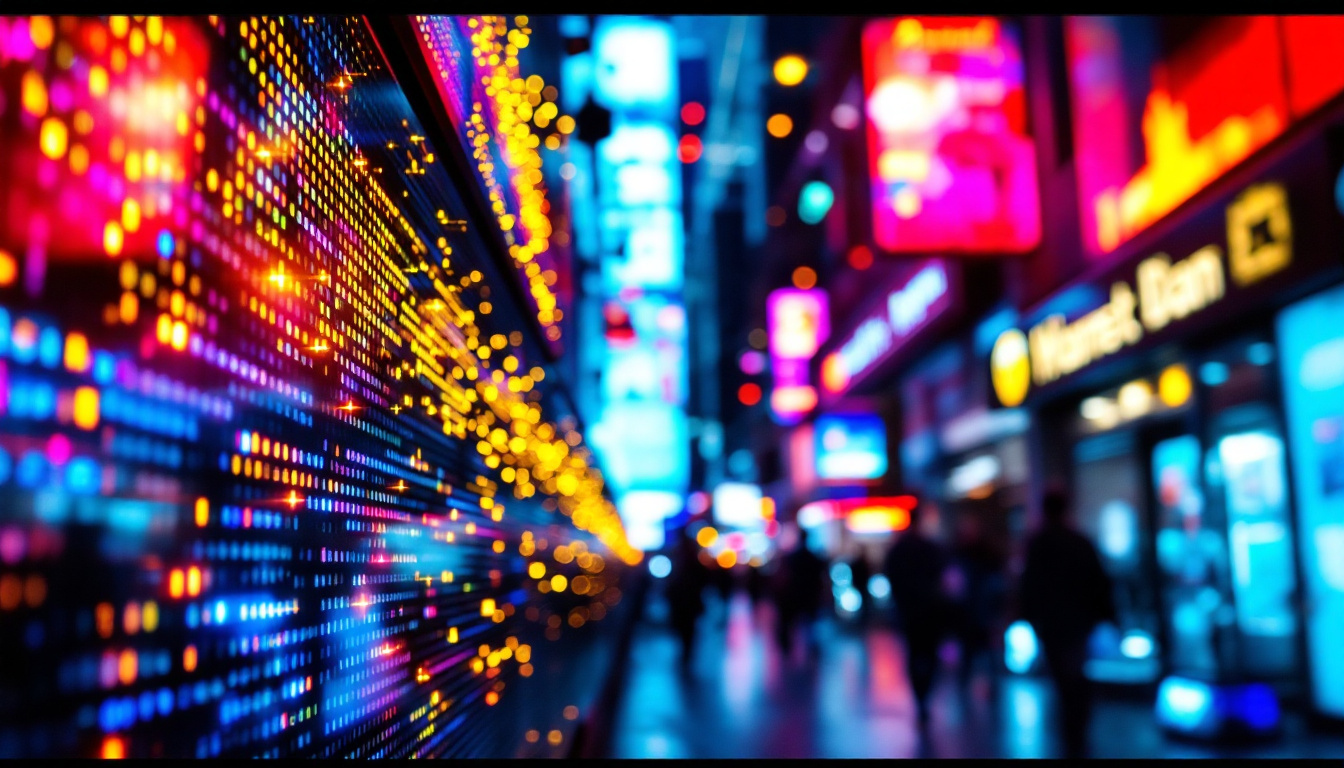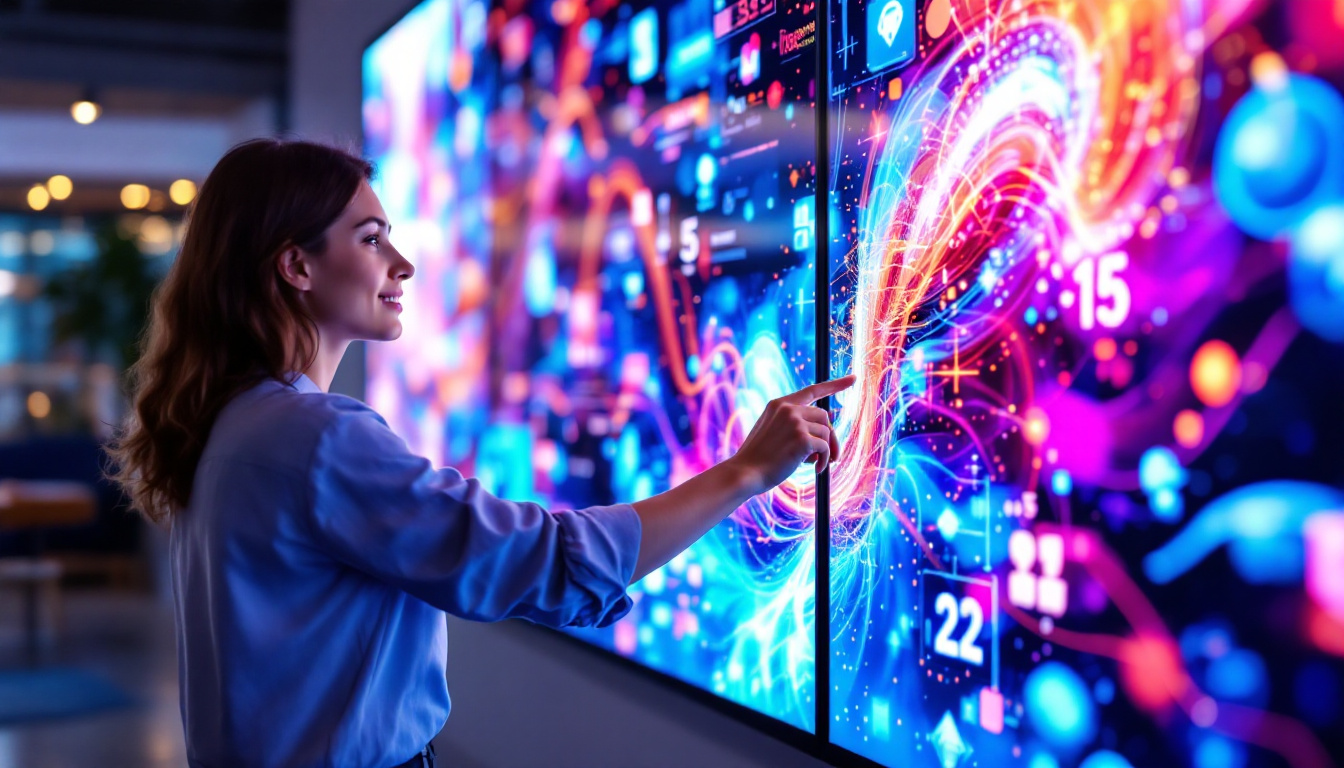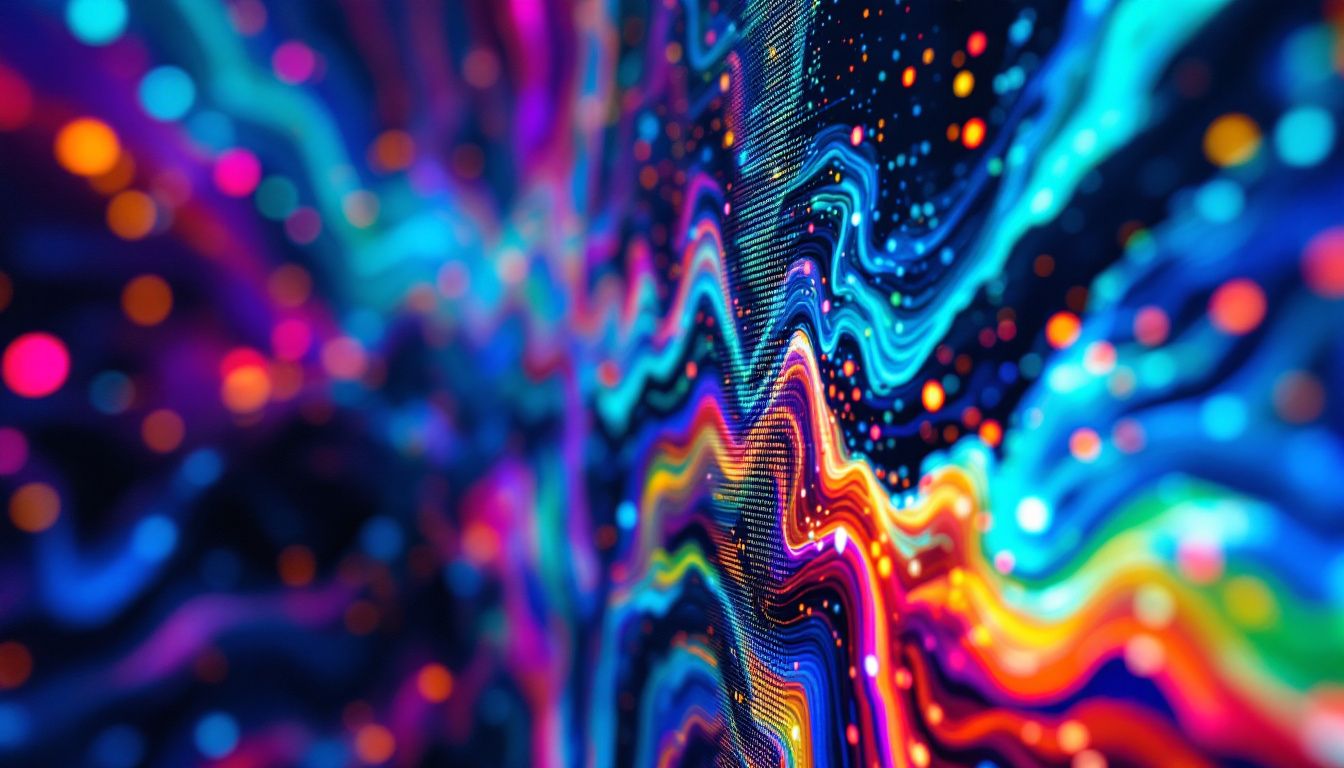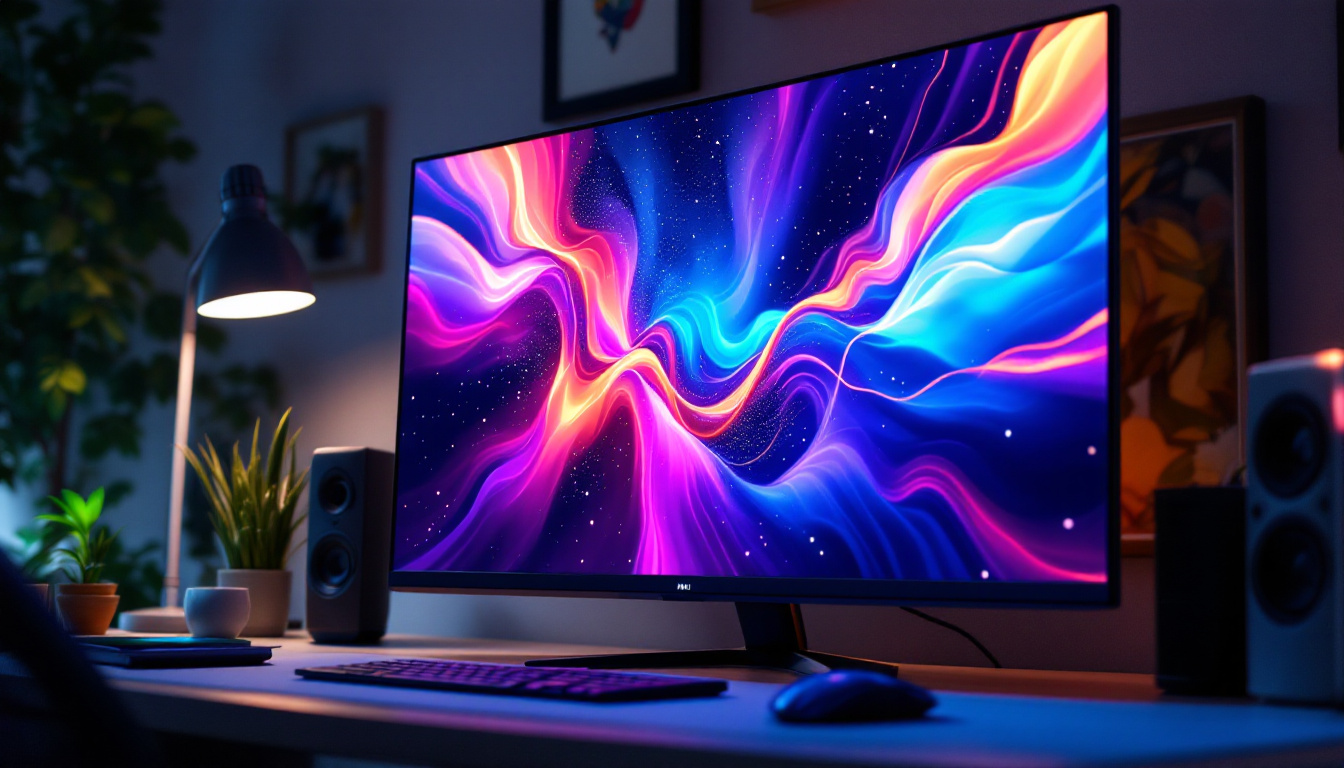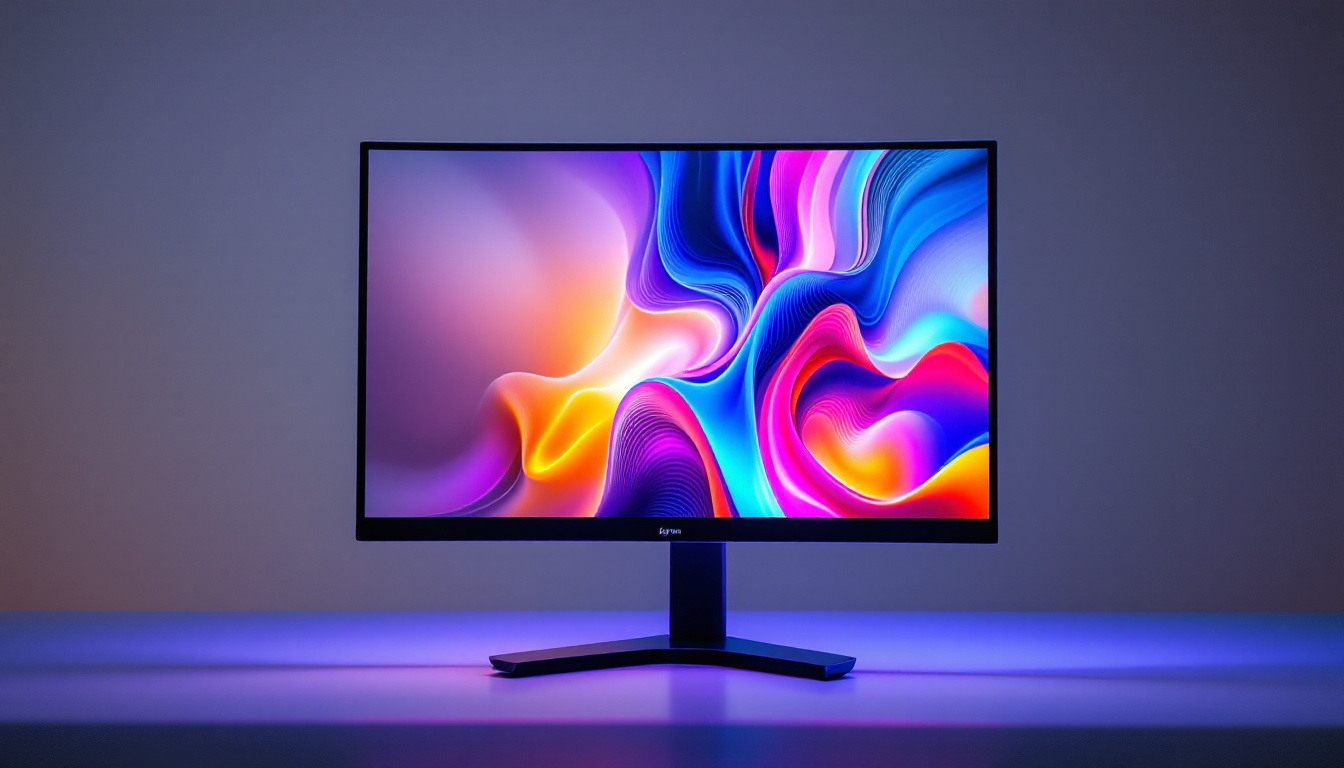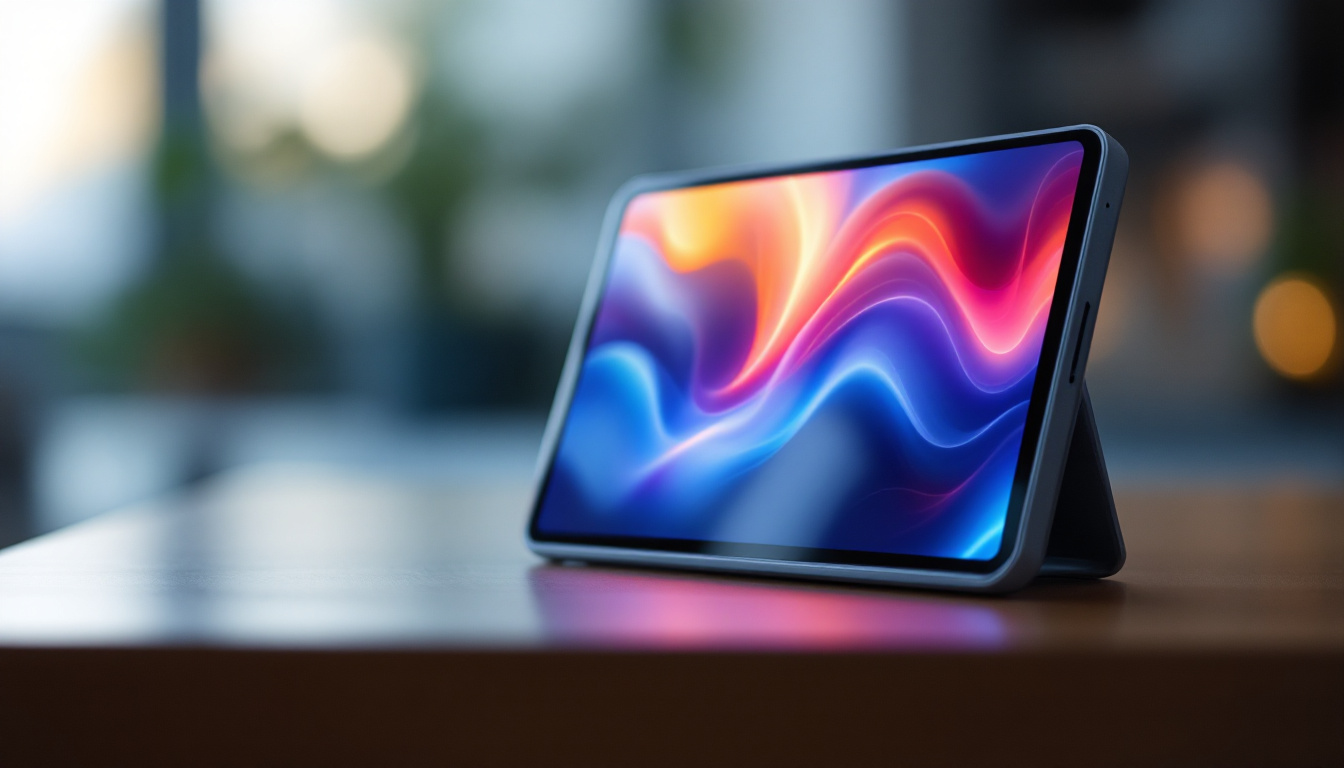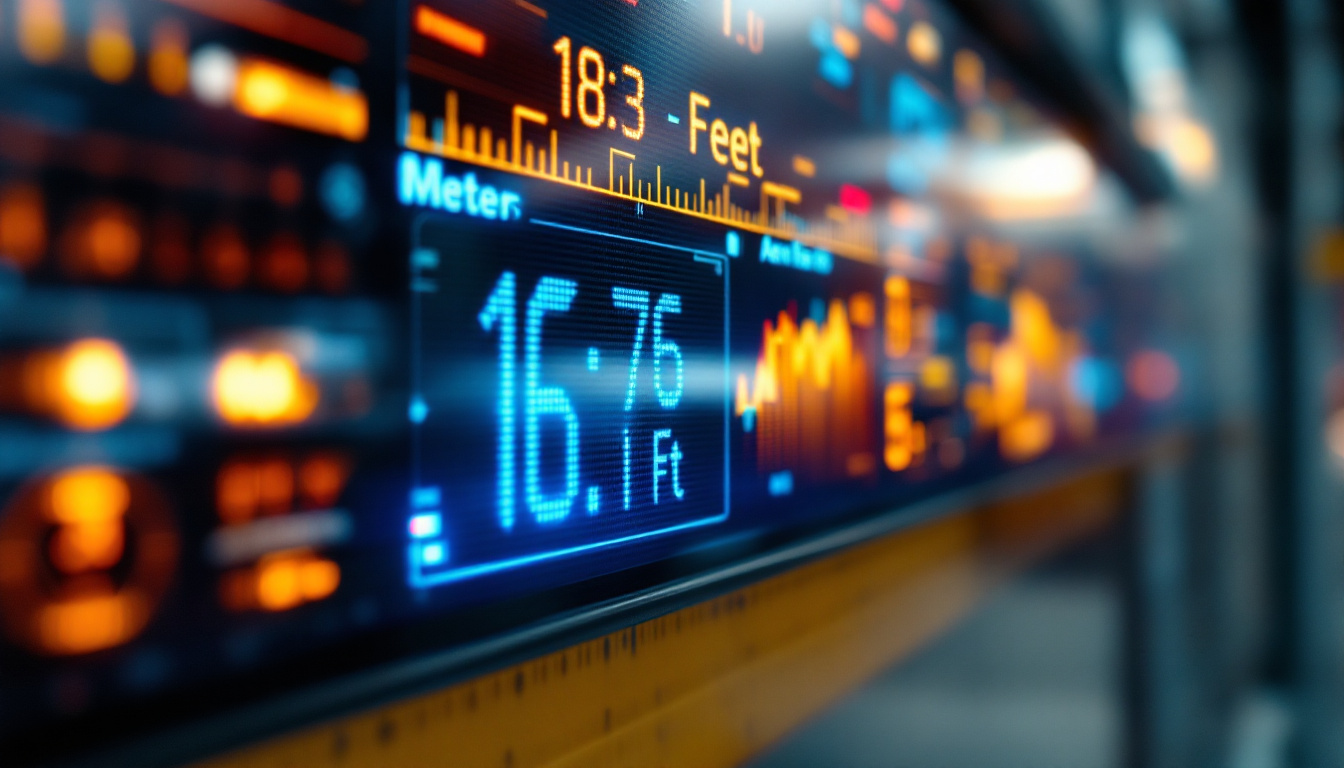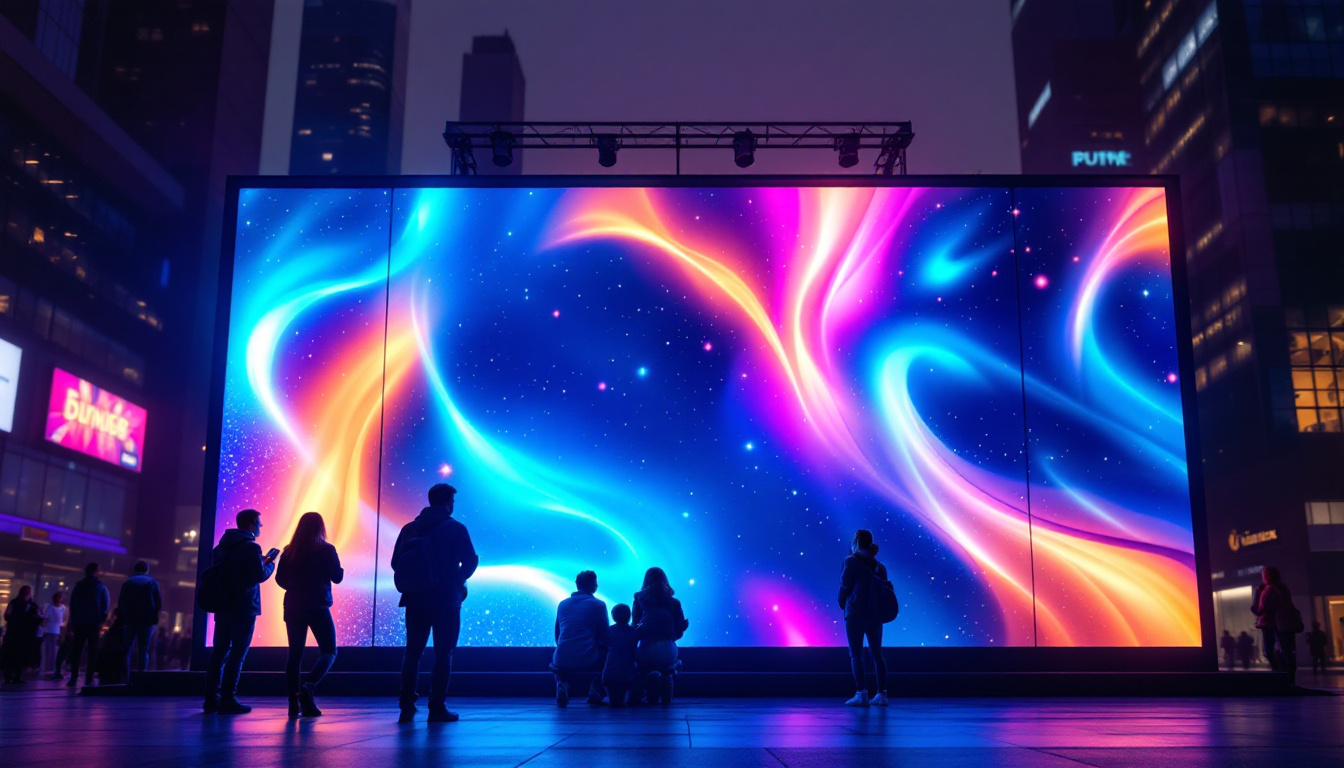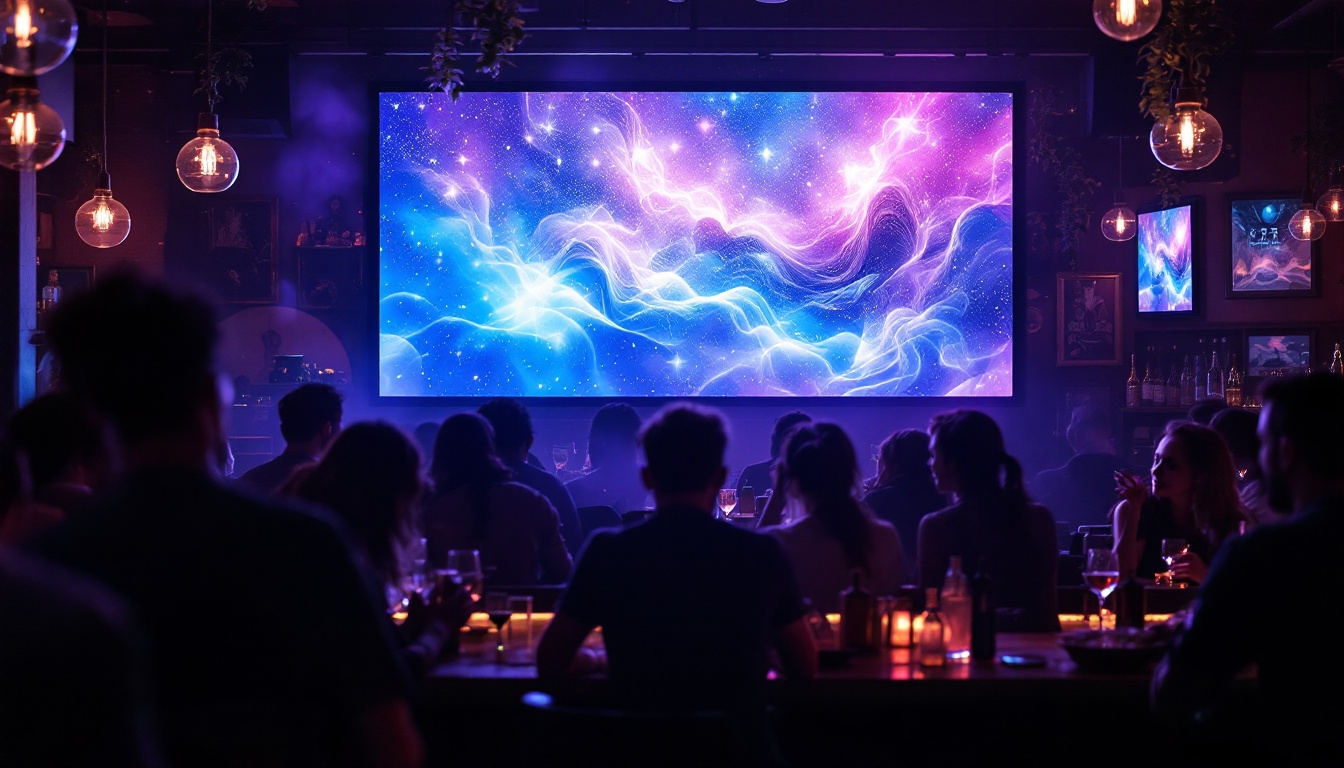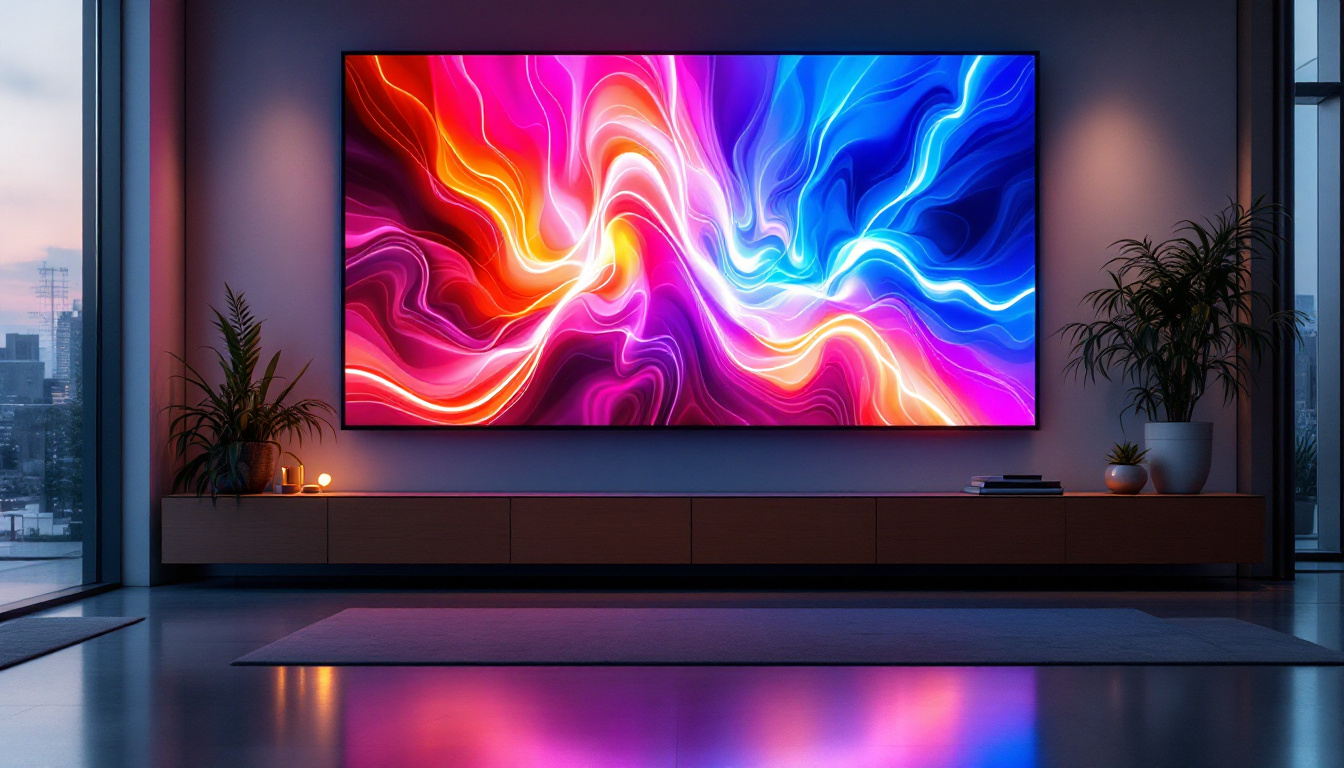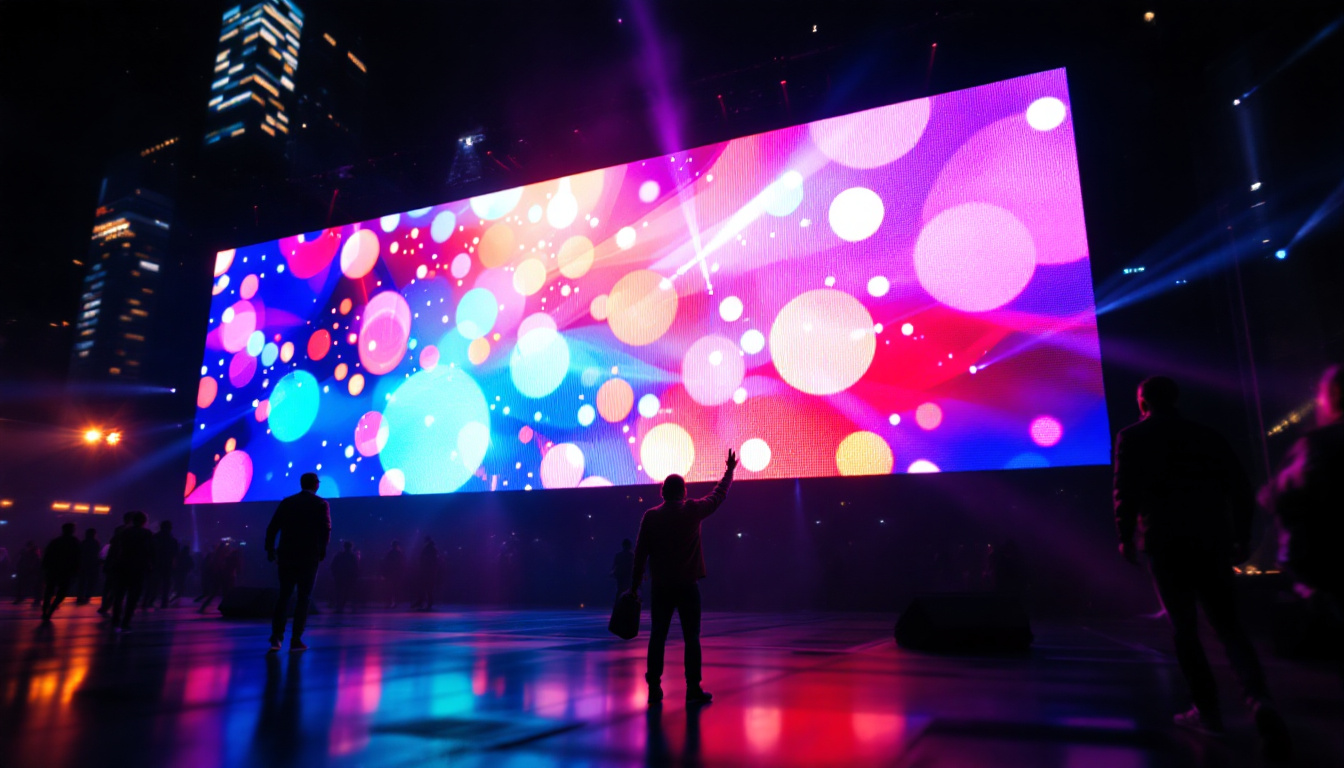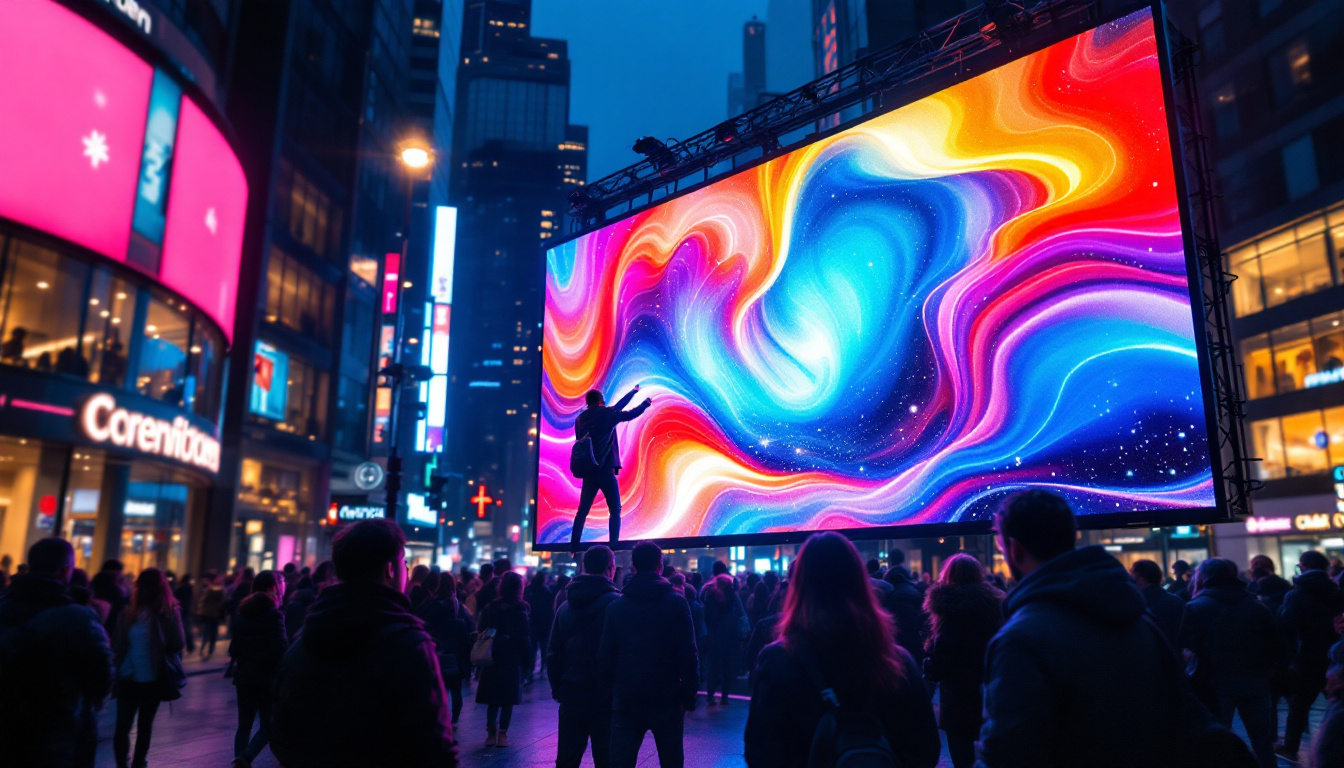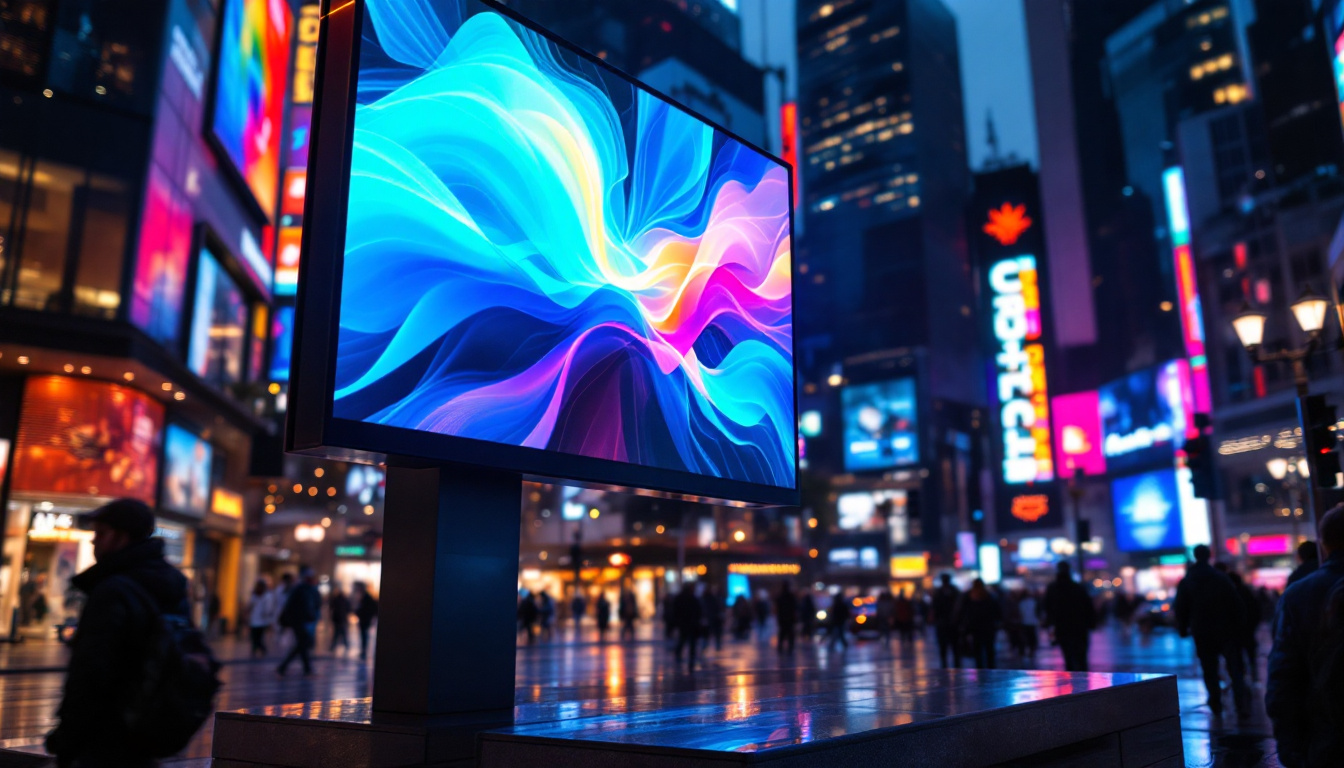In the ever-evolving world of technology, the quest for higher resolution displays has become a significant focal point for consumers and manufacturers alike. Among the various types of displays available, LED (Light Emitting Diode) displays have gained immense popularity due to their superior performance and versatility. This article delves into the intricacies of LED displays, exploring their technology, advantages, applications, and future prospects.
Understanding LED Display Technology
LED displays are a type of flat panel display that utilizes light-emitting diodes to produce images. Unlike traditional LCDs that rely on backlighting, LED displays use a matrix of tiny light-emitting diodes, which can be individually controlled to create vibrant images and deep colors. This technology has revolutionized the way we experience visual media, providing sharper contrasts and more vivid colors than ever before. The ability to control each pixel independently allows for dynamic content that can adapt to various lighting conditions, making LED displays ideal for both indoor and outdoor use.
How LED Displays Work
At the core of LED display technology is the principle of electroluminescence. When an electrical current passes through a semiconductor material, it emits light. In an LED display, thousands of these diodes are arranged in a grid, and each diode corresponds to a pixel in the image. By varying the intensity of the current, each pixel can produce a wide range of colors, resulting in high-quality images. The rapid response time of LEDs also means that they can display fast-moving images without blurring, making them perfect for sports broadcasts and action-packed films.
There are two primary types of LED displays: direct view and backlit. Direct view LED displays consist of individual diodes that form the entire image, while backlit LED displays utilize a liquid crystal display (LCD) panel illuminated by LEDs. Both types have their unique advantages and applications, making them suitable for different environments. For instance, direct view displays are often used in large outdoor billboards and stadiums due to their brightness and visibility from long distances, while backlit displays are commonly found in consumer electronics like smartphones and laptops, where space and power consumption are critical considerations.
Types of LED Displays
LED displays can be categorized into several types based on their configuration and application. The most common types include:
- Full-Color LED Displays: These displays use red, green, and blue (RGB) diodes to create a full spectrum of colors. They are widely used in televisions, computer monitors, and digital signage. The integration of advanced technologies such as HDR (High Dynamic Range) further enhances the viewing experience, allowing for deeper blacks and brighter whites.
- Monochrome LED Displays: Typically used for simpler applications, these displays emit a single color, often used in scoreboards and basic information displays. Their simplicity and low cost make them an attractive option for businesses looking to convey straightforward messages without the need for complex graphics.
- RGB LED Displays: These are more advanced and can produce a wider range of colors. They are often used in high-end televisions and professional displays. The technology behind RGB displays has advanced to the point where they can now support 4K and even 8K resolutions, providing an incredibly detailed and immersive viewing experience.
In addition to these common types, there are also specialized LED displays designed for specific applications, such as transparent LED displays used in retail environments to showcase products while maintaining visibility through the screen. Another innovative application is flexible LED displays, which can be bent or shaped to fit unique spaces, opening up new possibilities for creative installations in architecture and design. As LED technology continues to evolve, we can expect to see even more exciting developments that enhance our visual experiences in everyday life.
Advantages of LED Displays
LED displays offer numerous advantages over traditional display technologies, making them a preferred choice for many applications. Here are some of the key benefits:
Superior Image Quality
One of the most significant advantages of LED displays is their ability to produce high-quality images. With higher contrast ratios and better color accuracy, LED displays can render images more vividly than their LCD counterparts. This is particularly important for applications such as graphic design, photography, and video editing where color precision is crucial. Furthermore, LED displays can achieve deeper blacks and more vibrant colors, enhancing the viewing experience in both bright and dim environments. This capability makes them ideal for use in theaters, art galleries, and even home entertainment systems, where visual fidelity is paramount.
Energy Efficiency
LED displays are known for their energy efficiency. They consume less power compared to traditional displays, which not only reduces electricity costs but also minimizes environmental impact. This efficiency is especially beneficial for large-scale installations, such as digital billboards and stadium displays, where energy consumption can be substantial. Additionally, many LED displays come equipped with smart technology that further optimizes power usage by adjusting brightness based on ambient light conditions. This feature not only conserves energy but also extends the lifespan of the display, making it a cost-effective solution in the long run.
Longevity and Durability
LED technology is inherently more durable than traditional display technologies. LED displays have a longer lifespan, often exceeding 50,000 hours of use. Additionally, they are less prone to damage from shock and vibration, making them suitable for a wide range of applications, including outdoor environments. This durability means that businesses and organizations can rely on LED displays for extended periods without the need for frequent replacements or repairs. Moreover, many LED displays are designed to withstand harsh weather conditions, including rain, snow, and extreme temperatures, ensuring that they remain functional and visually appealing regardless of the environment. This resilience makes them a popular choice for outdoor advertising, public information displays, and even transportation hubs, where reliability is critical.
Applications of LED Displays
The versatility of LED displays allows them to be used in various applications across different industries. Here are some of the most common uses:
Consumer Electronics
LED displays have become the standard in consumer electronics, particularly in televisions and computer monitors. With advancements in display technology, consumers can enjoy ultra-high-definition (UHD) content with vibrant colors and sharp details. Features such as HDR (High Dynamic Range) further enhance the viewing experience, making LED TVs a popular choice among consumers.
Advertising and Digital Signage
In the realm of advertising, LED displays have revolutionized how brands communicate with their audiences. Digital billboards and signage use LED technology to capture attention with dynamic content and bright visuals. These displays can be easily updated, allowing advertisers to change messages in real-time and target specific demographics effectively.
Architectural and Decorative Lighting
Beyond traditional display applications, LED technology is also used in architectural and decorative lighting. LED strips and panels can be integrated into buildings and public spaces to create stunning visual effects. This use of LED displays not only enhances aesthetics but also contributes to energy savings in lighting design.
Challenges and Considerations
While LED displays offer numerous benefits, there are challenges and considerations that consumers and manufacturers must keep in mind. Understanding these aspects is crucial for making informed decisions regarding display technology.
Cost Factors
Although prices for LED displays have decreased significantly over the years, they can still be more expensive than traditional LCD displays. The initial investment may be a consideration for consumers and businesses, especially for large-scale installations. However, the long-term savings in energy costs and maintenance can offset the initial expenditure.
Viewing Angles and Color Consistency
Another challenge with LED displays is the viewing angle. While many LED displays offer wide viewing angles, some models may suffer from color distortion when viewed from extreme angles. This can be a concern in applications where multiple viewers are positioned at different angles, such as in conference rooms or public spaces.
Heat Management
LED displays generate heat during operation, which can affect performance and longevity if not managed properly. Effective heat dissipation mechanisms are essential to ensure that the display operates within optimal temperature ranges. Manufacturers must consider thermal management when designing LED displays, especially for high-brightness applications.
The Future of LED Display Technology
The future of LED display technology looks promising, with ongoing advancements that continue to enhance performance and expand applications. Several trends are shaping the direction of LED displays:
MicroLED Technology
MicroLED is an emerging technology that promises to revolutionize the display industry. MicroLED displays consist of microscopic LEDs that can be arranged to form high-resolution images. This technology offers several advantages, including improved color accuracy, higher brightness levels, and greater energy efficiency. As MicroLED technology matures, it is expected to find applications in everything from smartphones to large-scale displays.
Flexible and Transparent Displays
Another exciting development in LED technology is the creation of flexible and transparent displays. These displays can be bent, curved, or even integrated into surfaces, opening up new possibilities for design and functionality. Flexible LED displays are already being used in innovative applications, such as wearable devices and automotive displays, while transparent displays have potential in retail and advertising.
Integration with Smart Technology
The integration of LED displays with smart technology is also on the rise. Smart displays equipped with sensors and connectivity features can adapt to their environment, providing personalized content and improving user experience. This trend aligns with the growing demand for interactive and immersive experiences in various industries, including retail, education, and entertainment.
Conclusion
LED displays have transformed the way images are produced and viewed, offering superior quality, energy efficiency, and versatility across a range of applications. As technology continues to advance, the future of LED displays promises even more exciting developments, from MicroLED and flexible displays to smart technology integration. Understanding the intricacies of LED display technology is essential for consumers and businesses alike, enabling informed decisions that enhance visual experiences and drive innovation in various fields.
In a world where high-resolution displays are becoming increasingly essential, LED technology stands at the forefront, ready to meet the demands of consumers and industries alike. Embracing this technology not only enhances visual experiences but also contributes to a more sustainable and efficient future.
Discover LumenMatrix’s Advanced LED Display Solutions
As you consider the future of high-resolution displays and the impact of LED technology on your visual communication needs, LumenMatrix invites you to explore our innovative LED display solutions. With a commitment to excellence and a diverse range of products including Indoor and Outdoor LED Wall Displays, Vehicle LED Displays, LED Poster Displays, LED Sports Displays, Floor LED Displays, Custom LED Displays, All-in-One LED Displays, and LED Transparent Displays, LumenMatrix is at the cutting edge of enhancing brand visibility and creating immersive experiences. Take the next step in revolutionizing your visual engagement by visiting LumenMatrix LED Display Solutions and discover how our state-of-the-art technology can empower your business to communicate with impact and clarity.

